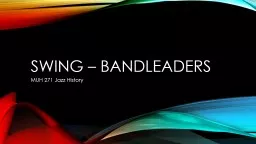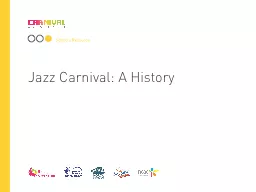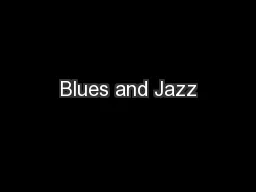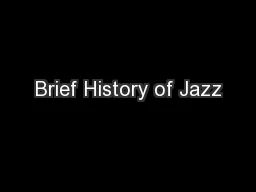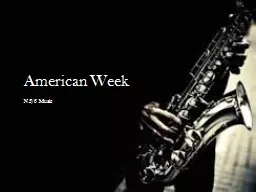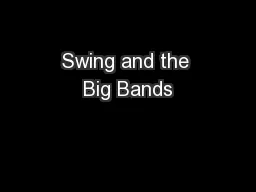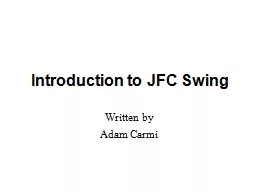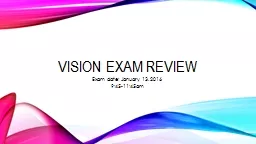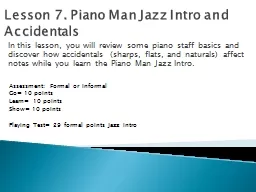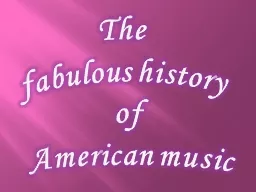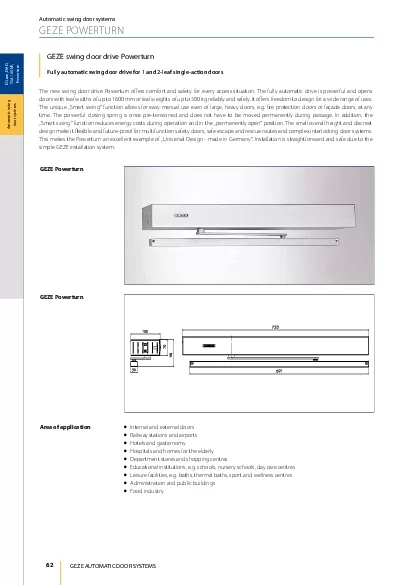PPT-Swing – Bandleaders MUH 271 Jazz History
Author : trish-goza | Published Date : 2018-03-18
Paul Whiteman Possibly the first pop superstar called the King of Jazz during the 1920s Symphonic jazz Whiteman attempted to make a lady out of jazz Wanted to hire
Presentation Embed Code
Download Presentation
Download Presentation The PPT/PDF document "Swing – Bandleaders MUH 271 Jazz Histo..." is the property of its rightful owner. Permission is granted to download and print the materials on this website for personal, non-commercial use only, and to display it on your personal computer provided you do not modify the materials and that you retain all copyright notices contained in the materials. By downloading content from our website, you accept the terms of this agreement.
Swing – Bandleaders MUH 271 Jazz History: Transcript
Download Rules Of Document
"Swing – Bandleaders MUH 271 Jazz History"The content belongs to its owner. You may download and print it for personal use, without modification, and keep all copyright notices. By downloading, you agree to these terms.
Related Documents

